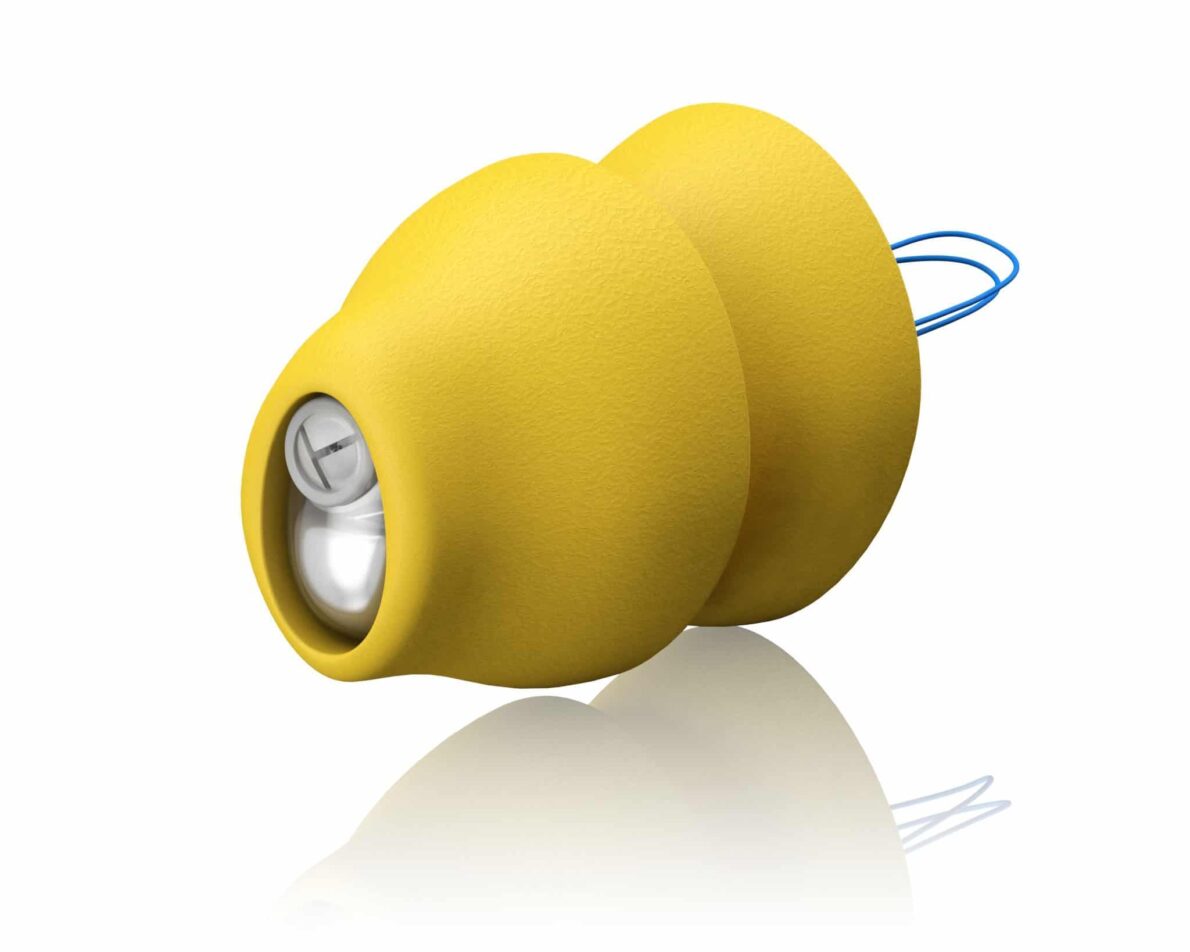
So, what do we mean when we talk about psychosocial benefits and hearing aids?
Lyric™ wearers recently reported numerous self-perceived benefits, including more confidence and higher self-esteem. Psychosocial measures like these provide useful information in regards to overall satisfaction with the solutions we recommend.
I have a confession. I love the word psychosocial because to me it perfectly evokes the connection between science and people. However when I hear the expression psychosocial benefits, I do question if I know what that really means? Most dictionary definitions of the word psychosocial do not really go into the detail that I need. The clearest definition I found was this —“A term referring to the mind’s ability to consciously or unconsciously, adjust and relate the body to its social environment”. (The Gale Encyclopedia of Medicine, 2008).
In layman terms, how is someone feeling when they experience changes in their social environment and how well do they cope? For people with hearing loss, it is now well known that they can experience negative psychosocial effects relating to the social isolation that not being able to hear and engage with what is going around them can bring.
As Audiologists, we are really good at measuring dB and SNR and understanding what type of benefits these types of improvements can bring but the self-perceived benefits of hearing aids experienced by the end user can also provide really useful information with regards to how satisfied they are with the solution we have provided them with.
So what can we use to measure psychosocial indicators with regards to hearing loss and hearing aids to see if hearing aids provide benefit?
In a recent study undertaken by the Audiological Consultants of Atlanta practice, the qualitative impact of Lyric extended-wear hearing aids on patients’ daily lives compared to daily-wear hearing aids, was investigated.
The psychosocial measures that were used for this comparison were the Psychological Impact of Assistive Listening Devices Scale (PIADS) and the Satisfaction with Amplification in Daily Life questionnaire (SADL). Both of these scales measure the participants self-perceived impact of amplification.
The PIADS uses a scale that is split into 3 sections that contain items that participants rate on a scale of -3 maximum negative impact to +3 maximum positive impact:
Adaptability (social participation)
Competence (functional capability)
Self Esteem (confidence and emotional well-being)
The SADL is a questionnaire that provides a global measure of satisfaction and asks questions across 4 sections:
Positive Effect (improved function)
Service and Cost (value for money and confidence in the HCP)
Negative Features (undesirable effects of hearing aids –e.g. feedback and background noise)
Personal Image (appearance and stigma)
The results obtained in this study showed that patients fit with Lyric show statistically significant more positive outcomes than those who wear conventional daily-wear hearing aids on psychosocial measures assessing benefit. This group of Lyric wearers reported feeling more confident, having higher self-esteem and reported less negative effects from their hearing aids so were overall more satisfied and experienced a higher sense of well-being.
Tools like the PIADS and SADL show that it is possible to obtain measures of psychosocial benefit for hearing aid wearers. They also offer an alternative way of assessing how much benefit a person perceives that they get from wearing a hearing aid.
For more details on the study please visit www.phonakpro.com/evidence.
A. Biggins, G. Singh & H. Solodar (2017). Lyric™ shows significant psychosocial benefits. Phonak Field Study News.
